Jan 12, 2022
Onsen – The How To’s, Do’s and Don’ts
Seismic activity is so ingrained in Japanese life that folklore tells of Namazu, a giant catfish who lives beneath the country and is restrained by the god Kashima. However, when Kashima lets down his guard, Namazu thrashes about, causing violent earthquakes. To live in Japan is to see this activity as part of daily life. But, as with all things, we must make the best of what comes our way, and here this takes the form of onsen, the hot springs that the ‘catfish below the earth’ arouses through this volcanic country.
What is an onsen?
An onsen is probably best described as a hot spring bathing spa. There is evidence that the Japanese have enjoyed these baths since time immemorial; excavations in Ehime Prefecture uncovered three-thousand-year-old pottery where the site of Dogo Onsen now stands.
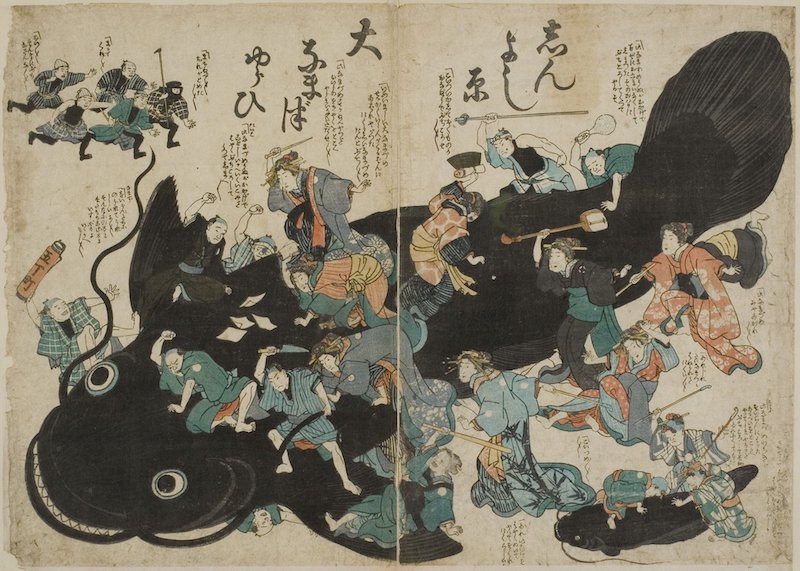
It is unknown when these spas were first used for their perceived restorative quantities, but during the warring times of the Sengoku Period (1467-ca.1600), Buddhist monks propagated the healing properties of the mineral-laden waters, and warriors injured in battle would make their way to an onsen for rejuvenation and rehabilitation.
Today, onsen are not the sole preserve of soldiers, as they have become the location of choice for Japanese looking to get away. A 2013 survey by JTB, one of Japan’s largest travel companies, found that 84 percent of its respondents visited an onsen at least once a year, with nine percent going more than ten times.
There are approximately three thousand onsens in the country, and they can be found in all shapes and sizes, from outdoor foot baths to the small tubs of guest houses, to massive complexes. In these larger establishments, you will find many facilities, including massage chairs and table tennis. The latter is a surprisingly important part of onsen culture, with many children citing it as the highlight.
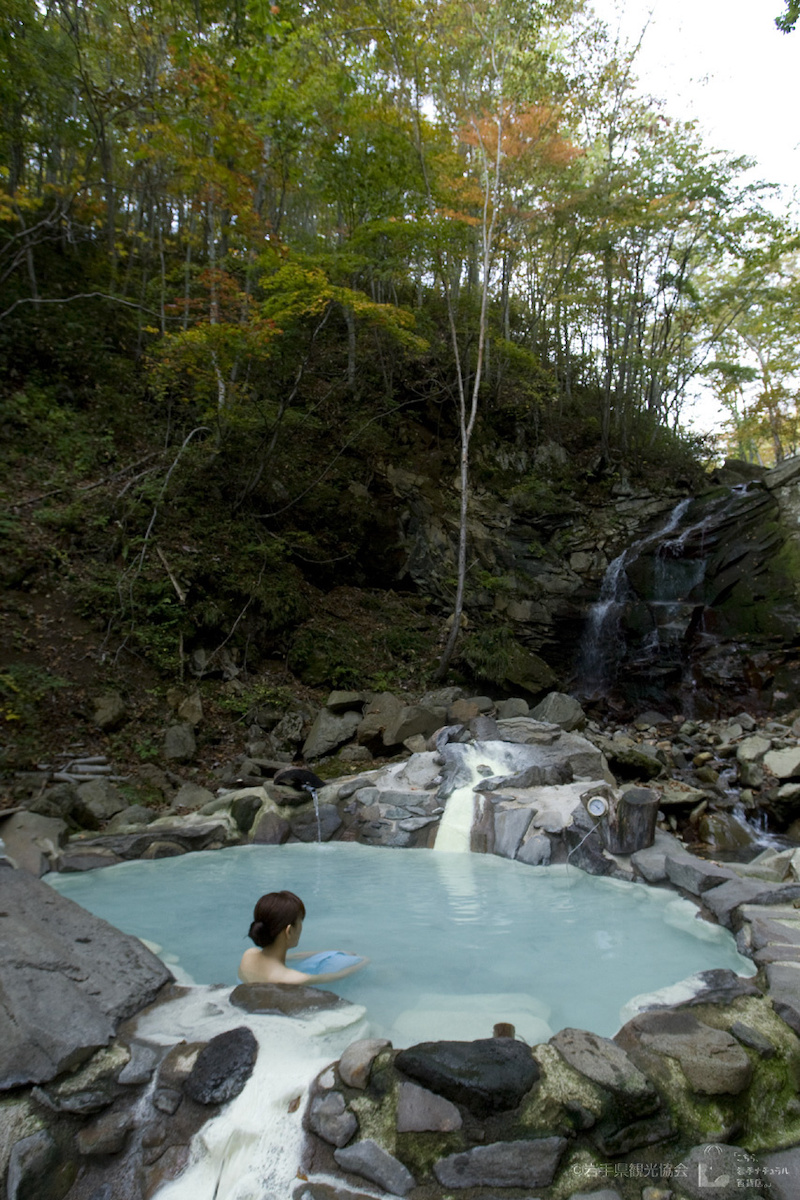
However, on the other side of the curtain is where the action happens. Here you will find the indoor baths, which are piping hot and must contain at least one of nineteen designated naturally occurring chemical elements (there have been numerous scandals when onsen were artificially adding ingredients to the water). Further, there are cold plunge pools, sauna, steam rooms, massage areas, and hot-stone therapy rooms, but the best of all is the rotenburo or outdoor baths.
The rotenburo are what makes onsen so special, particularly in winter, when you can sit in the steaming water as the snow falls, and some places afford you spectacular views. In Shizuoka and Yamanashi Prefectures, some of the best rotenburo overlook the mountain ranges, with Mount Fuji in the distance. It’s a stunning view that no visit to Japan is truly complete without.
What are the rules?
Like many aspects of Japanese culture, there are strict forms of etiquette to consider when visiting an onsen, and if you wish to impress your hosts, it is best to follow the rules.
- Shoes off – If you have spent any time in Japan, this will probably be a no brainier. Onsen pretty much always have tatami floors, and thus the wearing of shoes is strictly prohibited.
- Get naked – Once the shoes are off, it’s time for the clothes. Japanese talk about the benefits of “naked communion,” hadaka no tsukiai, the breaking down barriers and meeting on a level footing. Getting naked can be somewhat daunting for those not used to public nudity, but as baths are usually same-sex, it is no different from a gym or swimming bath locker room. If you do feel the need to cover your modesty, you can use your towel (more of which, later). Once you have removed your clothes, place them in a basket. There are often coin lockers for valuables. Ask at the front desk for details. (Before you have undressed, of course!)
- Wash properly – Before taking the plunge, it is important to wash thoroughly. All onsen will provide washing stations with stools, faucets, and wooden buckets. Most have showerheads and toiletries, though some do not, so it is advisable to bring your own soap just in case. Washing with soap and shampoo is not necessarily required; however, many younger bathers do so. If you use soap, be sure that you rinse well afterward, ensuring that no suds fall into the bathwater. You may need to scoop water from the baths in some older onsen. If this is the case, it is acceptable not to use toiletries to avoid soap suds getting into the bathwater. Once you have finished bathing, clean and rinse your washing station.
- Towel – Anyone who is a fan of The Hitchhiker’s Guide to the Galaxy will know the importance of bringing a towel, and onsen is one of those places where it is especially crucial. Many onsens will provide a small hand towel, sometimes at a similarly small fee, although many guests will bring their own. This towel is dual-purposed as bathers can use it to wipe away sweat in the humid air and provide a degree of modesty for those who require it. At no point should your towel enter and thus contaminate the bathwater. Towels can be laid by the side of the pool or balanced folded on the head. If a towel accidentally drops into the water, wring it out outside the bath.
- Wash again – This is less a rule than a recommendation. After bathing for a while, it is advisable to wash once more (using soap if you prefer) before returning the bath. Washing again will clean away your sweat and allow you to cool down. Onsen can be very hot (the water should be a minimum of 25 degrees) and can cause fainting, particularly if alcohol has been consumed previously. Once you are clean again, lower yourself for another dip.
- After bath – When finished, wipe off as much sweat and excess water as possible with your hand towel before returning to the locker room. Some bathers may wish to wash one last time, but it is advisable not to rinse before dressing for the spring water’s minerals to have full effect.
Can I go with my family?
Onsen is considered a communal affair, and people often go with friends, families, and even colleagues. Traditionally men and women bathed together in both onsen and sento, but this ended with the introduction of western values during the Meiji era.
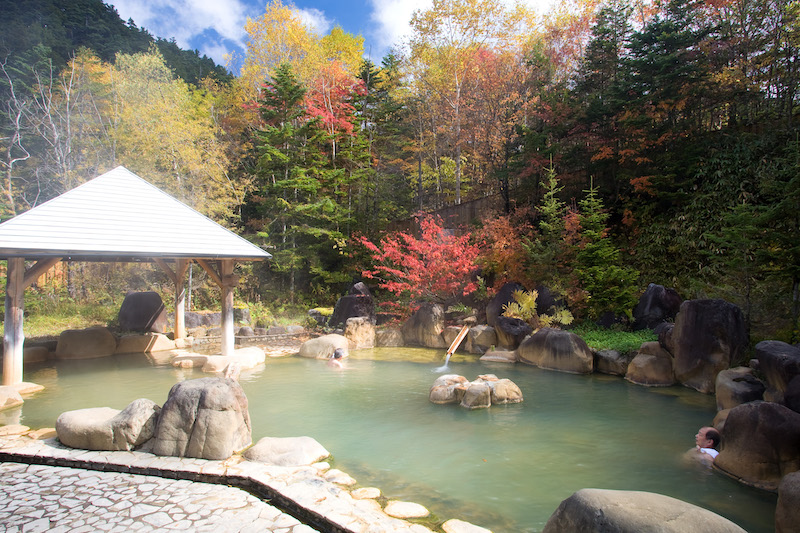
This separation can make family excursions difficult; however, young children of either sex are usually accepted in men’s or women’s baths. For older children or couples wanting to spend their onsen time together, there are konyoku baths. Men cover their genitals with a towel in these mixed bathing onsens, and women will wrap themselves in a full-sized towel. In some prefectures, Tokyo included, mixed-nude bathing is banned, so swimsuits or special bathing suits called yugi are required.
Are my tattoos okay?
Unfortunately not. Despite radical changes in skin art culture in Japan in recent years, tattoos are still seen as, if not necessarily the sign of gangster membership, at the very least a symbol of delinquency. Many onsen ban bathers sporting body art, no matter how small or non-confrontational. If it is small enough, you may be able to get away with wearing a water-resistant bandage, but otherwise, you should be respectful of the establishment’s regulations.
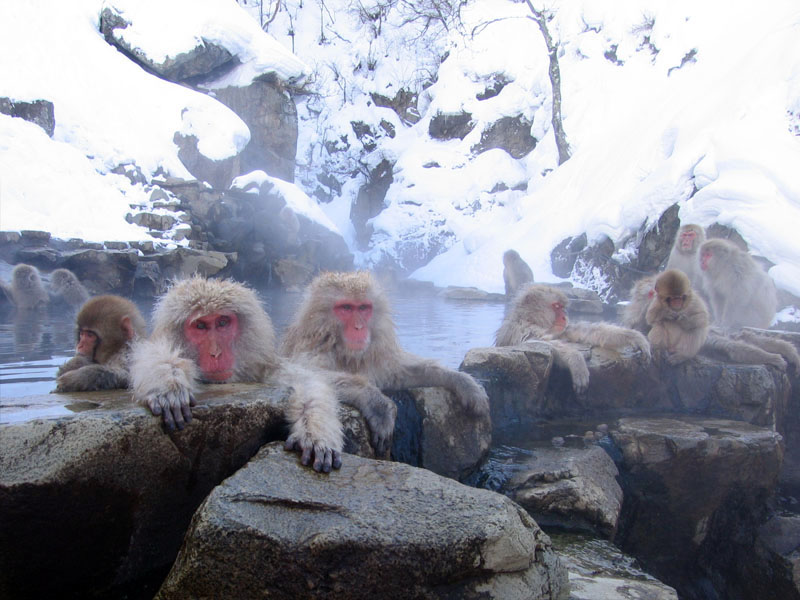
Image by Yosemite (Own work) [GFDL or CC-BY-SA-3.0], via Wikimedia Commons
Image via wikicommons [public domain]
Image provided by Yamanashi Tourist Organization with permission
Image provided by Gifu Tourist Organization with permission
Image provided by Iwate Tourist Organization with permission
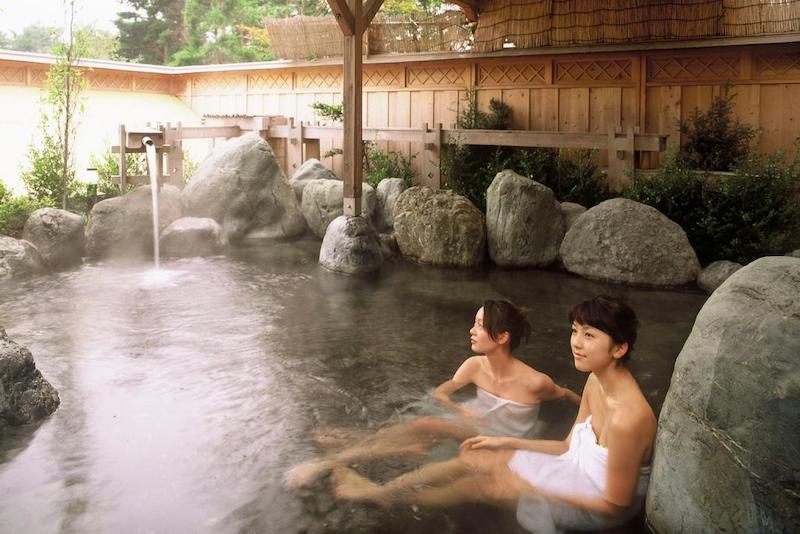

About the author